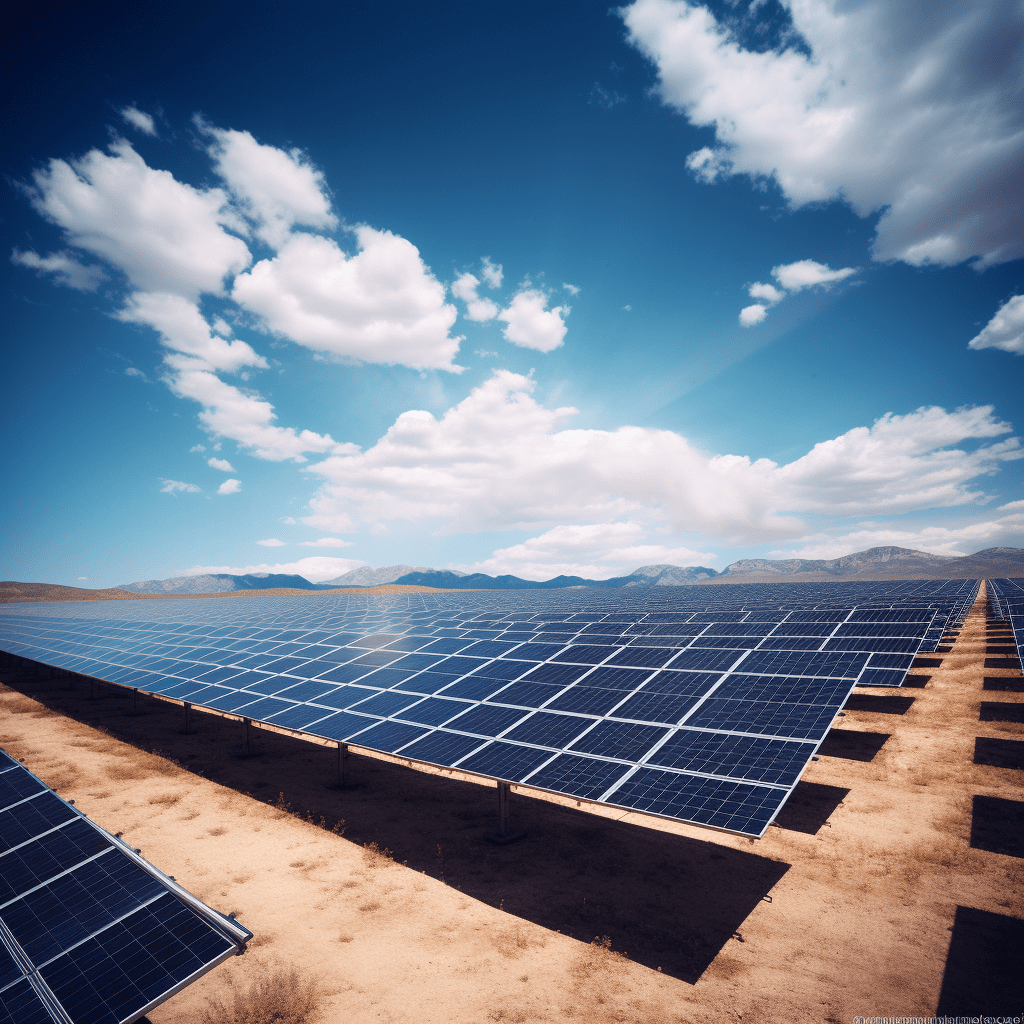Harnessing solar energy is a powerful way to reduce reliance on conventional electricity sources and embrace renewable energy. But can you optimize your solar power system even further by connecting two inverters to a single solar panel? This article explores the feasibility, benefits, and challenges of this approach to help you make informed decisions about your solar power setup.
Understanding Solar Power and Inverters
How Solar Panels Generate Electricity
Solar panels convert sunlight into electricity using photovoltaic cells. These cells generate direct current (DC) electricity when exposed to sunlight. The role of inverters is crucial as they convert this DC electricity into alternating current (AC) electricity, which powers most household appliances and systems.
The Role of Inverters in Solar Systems
Inverters are not just about conversion; they also optimize energy production. They use Maximum Power Point Tracking (MPPT) to adjust the electrical output to maximize efficiency. By connecting inverters to solar panels, you can enhance the efficiency of your solar power system and potentially reduce your dependence on the grid.
Wholesale lithium golf cart batteries with 10-year life? Check here.
Can You Connect Two Inverters to One Solar Panel?
The Possibility of Using Multiple Inverters
In theory, you can connect multiple inverters to a single solar panel. However, this setup is not as straightforward as it might seem. Here’s what you need to know:
- Increased Efficiency: One potential advantage of using two inverters is that they might help optimize energy production, especially if they are designed to work together.
- Complexity: This approach adds complexity to your system, including additional wiring and more points of potential failure.
Benefits and Drawbacks of Using Two Inverters
Advantages
- Enhanced Energy Production: With multiple inverters, you may achieve better optimization and efficiency, particularly during peak sunlight hours. This setup could potentially increase the overall electricity generated by your solar system.
- Redundancy: If one inverter fails, the other may still operate, providing a backup that can keep your system partially functional.
Disadvantages
- Increased Complexity: More inverters mean more complex wiring and monitoring systems. This complexity can lead to higher installation costs and maintenance efforts.
- Compatibility Issues: Synchronizing multiple inverters can be challenging. If not properly managed, compatibility issues might arise, leading to inefficiencies or system failures.
- Troubleshooting Difficulties: Multiple inverters can complicate troubleshooting and repair processes. Diagnosing issues might take longer, potentially leading to extended downtimes.
Safety Precautions When Using Multiple Inverters
Ensuring Compatibility
Before connecting multiple inverters, ensure they are compatible with each other and with the solar panel system. Incompatible equipment can cause malfunctions or damage.
Want OEM lithium forklift batteries at wholesale prices? Check here.
Installation Guidelines
- Power Down: Always turn off all power sources before making any connections. Follow the manufacturer’s installation guidelines to prevent electrical accidents.
- Proper Grounding: Each inverter should be correctly grounded to avoid electrical hazards.
- Regular Maintenance: Conduct regular maintenance checks to identify and address any issues before they become serious safety risks.
Alternative Options for Expanding Solar Power Systems
If connecting two inverters to one solar panel seems too complex, consider these alternatives:
Install Additional Solar Panels
Adding more solar panels to your system and connecting them to a single, high-capacity inverter can increase your energy output without the need for multiple inverters.
Upgrade Your Inverter
Opt for a higher capacity inverter that can handle a larger number of solar panels. This solution simplifies the system while still increasing its energy output.
Incorporate Battery Storage
Integrate a battery storage system to store excess energy generated by your solar panels. This allows you to use stored energy during low sunlight periods or at night, enhancing your system’s efficiency and independence.
Conclusion: Weighing the Pros and Cons
Connecting two inverters to one solar panel can offer benefits such as increased energy production and potential redundancy. However, it also introduces complexity, potential compatibility issues, and higher maintenance costs.
Before implementing this setup, consult with a professional solar installer to assess your specific situation and get expert advice. Prioritize safety and follow proper guidelines to ensure the efficiency and longevity of your solar power system.
In summary, while connecting two inverters to one solar panel is possible, it’s crucial to carefully evaluate the benefits and drawbacks and seek professional guidance to make the best choice for your solar energy needs.







